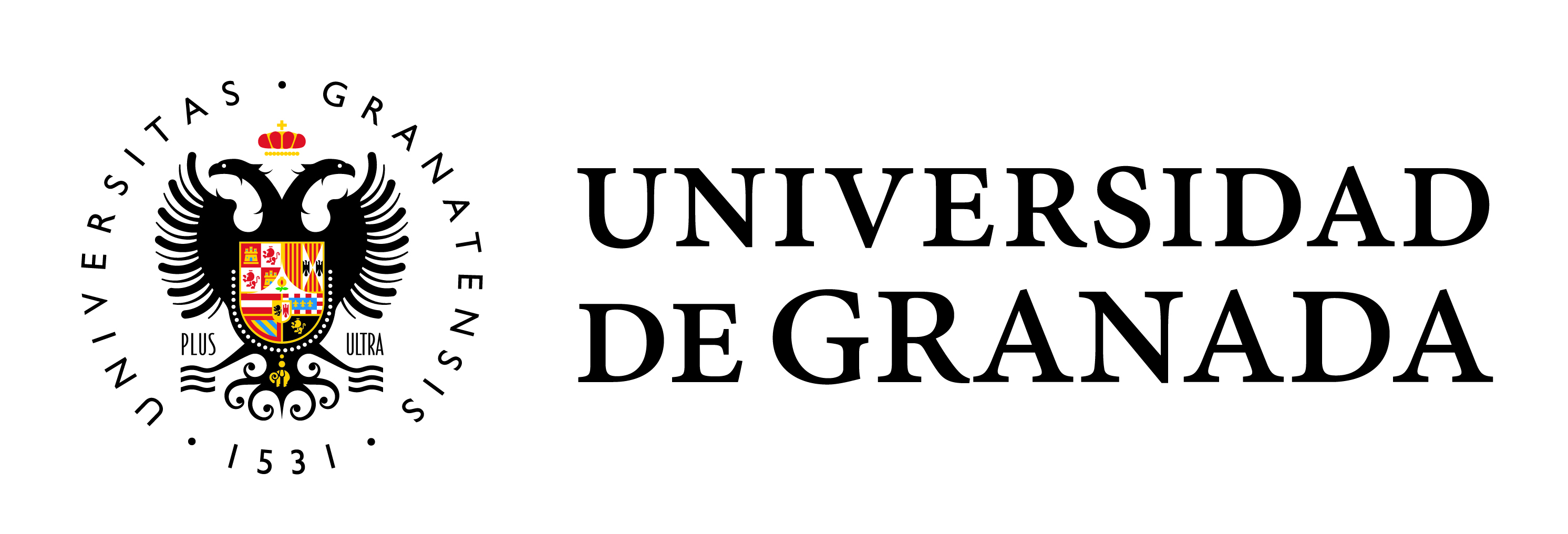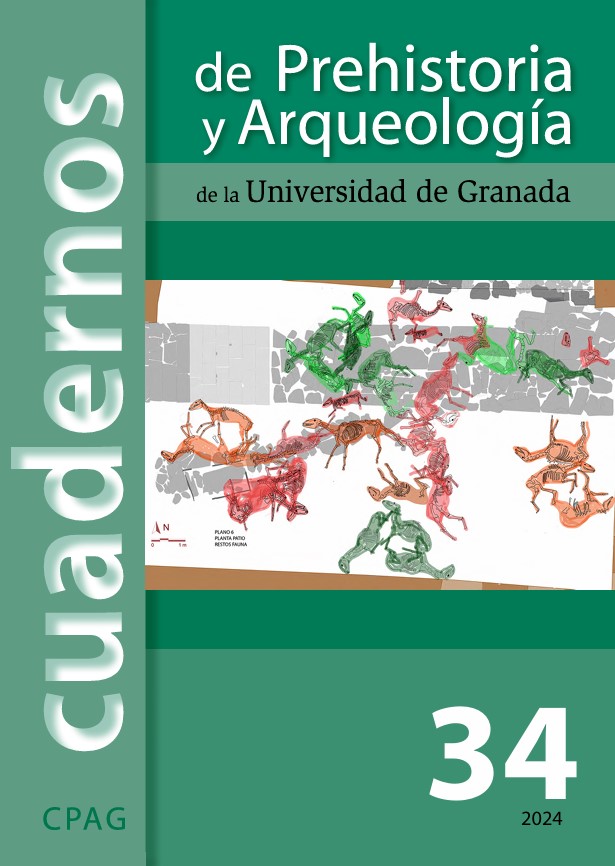ARCHAEOLOGY AND TIFLODIDACTICS. 3D PRINTING TO MAKE HERITAGE ACCESSIBLE
Main Article Content
Abstract
In recent years, 3D printing has become a very useful resource in the classroom, facilitating the understanding of complex subjects, especially when students are visually impaired. This paper presents the results of two workshops on palaeontology and archaeology with 51 students from the ONCE organisation, for which 36 replicas were made with a 3D-FDM printer. Surveys were conducted to assess the students' interest in the workshops and the usefulness of the replicas, and the results have been analysed taking into account the gender and age of the students, their educational level, their degree of blindness, their previous knowledge of the subject and their experience in museums. Our results show that the use of replicas is an excellent support for the teaching-learning process with blind people. Therefore, we discuss the need to introduce these resources in museum institutions.



